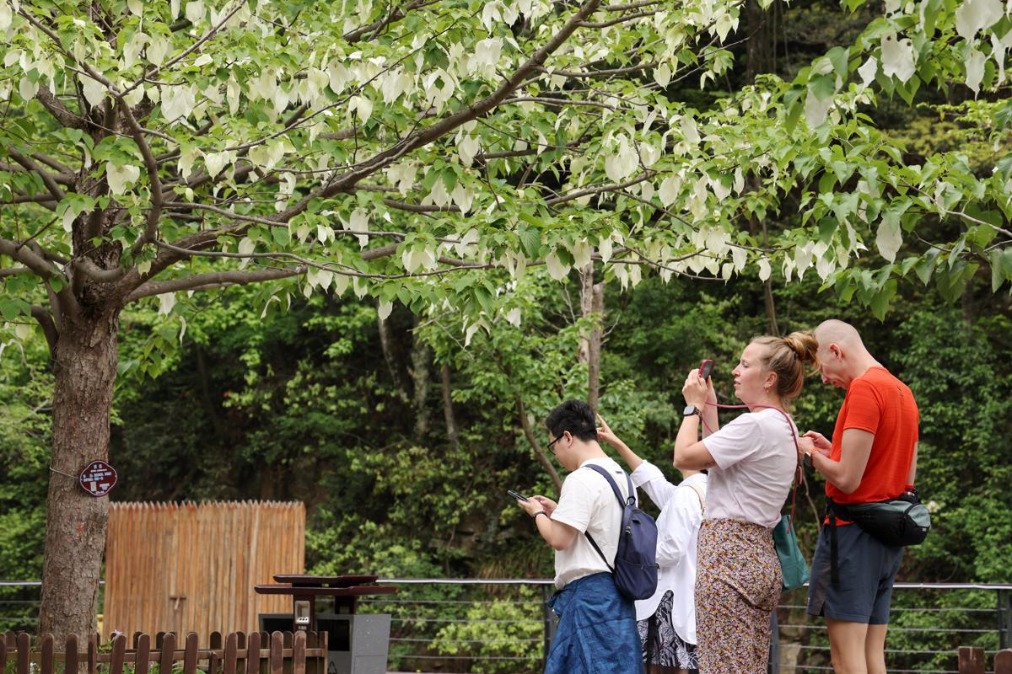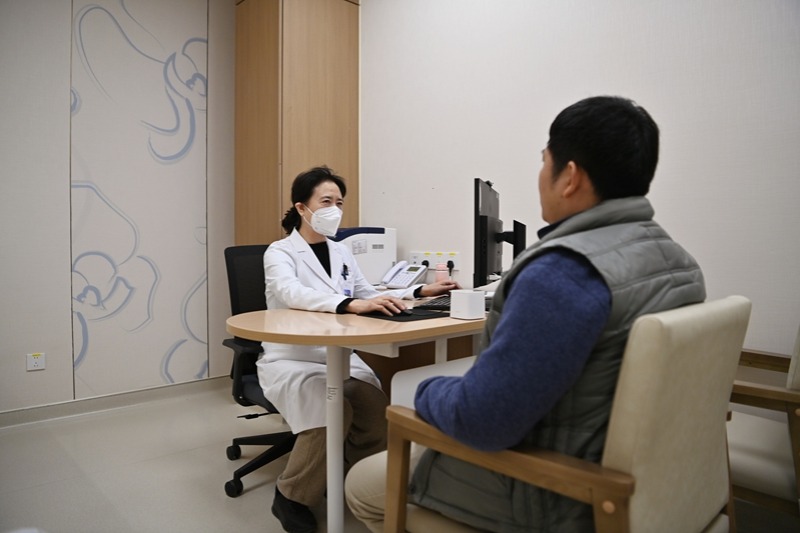Global COVID-19 responses: 'Zero COVID-19 Case Policy' vs. 'Coexisting with COVID-19 Policy'

5. 'Jared M. Diamond Hypothesis' VS 'Zhou Muzhi Hypothesis'
There had been 1.5 COVID-19 deaths among every 100,000 Japanese by Nov. 11, 2020. This was a "slight" death rate compared with Spain's 58.8, the US' 74.6, the U.K.'s 74, Italy's 71.1, France's 65.1, and Germany's 14.1. The question is raised that how Japan managed to control its COVID deaths at such a low level, while implementing the "Coexisting with COVID-19 Policy" that European countries and the US all deployed.
Among all speculations trying to explain Japan's low death level, I think "cross-immunity" is the most compelling one. The theory opined that the immunity acquired by the Japanese people has played a role to some extent in preventing COVID-19 or mitigating its symptoms.
The question here is how Japanese people acquired cross-immunity against the novel coronavirus.
US expert Jared M. Diamond hypothesized in his "Guns, Germs, and Steel: The Fates of Human Societies" that during the long time of close contact with poultry, European people became immune to many pathogenic bacteria. On the contrary, as Americas had no domesticated poultry, native people there lacked immunity to bacteria. The European people brought bacteria to Americas in the age of great navigation. The bacteria wreaked havoc on natives who lacked immunity, wiping out population[19].
I agree with Jared M. Diamond's hypothesis that Europeans obtained immunity from their long-time close contact with poultry. However, the hypothesis failed to explain why European countries were greatly eclipsed by Japan in terms of the number of COVID-19 deaths, despite of the fact they are all in Eurasia. What's more, besides Japan, other East Asian countries, including China, all reported smaller numbers of COVID-19 deaths
By Nov. 11, China, South Korea, China's Taiwan province and Hong Kong Special Administrative Region, Vietnam, and Thailand registered 0.3, 0.9, 0.03, 1.4, 0.04 and 0.09 COVID-19 deaths per 100,000 people, respectively, "very minor" compared with European countries rich in medical resources. Such relatively good performances, though largely due to the "Zero COVID-19 Case Policy", have also benefited from cross immunity.
I hereby put forward a hypothesis that the lifestyle centering on rice fields in humid regions of East Asia plays a determining role in people's acquisition of cross immunity against the novel coronavirus. The "Zhou Muzhi Hypothesis" is detailed as follows: The humid rice-growing Satoyama boasts rich ecological diversity, and a new ecology formed upon a moderate intervention of human beings in nature, one with richer diversity than primitive natural ecology. The diversity is also reflected in microorganisms. In Satoyama, human beings, nature, and poultry are in close contact and influence each other, shaping a huge breeding spot for pathogens. This place is richer in microorganism diversity than Europe, though they both belong to Eurasia. Therefore, I infer that people living in rice-growing regions with a variety of pathogens have stronger cross immunity [20].
Studies on cross immunity against novel coronavirus are still in their infancy. The recent research findings published by Manish Sagar of Boston University confirmed that people who have been infected with seasonal coronaviruses can develop cross immunity against novel coronavirus, thus alleviating severe symptoms[21].
Tatsuhiko Kodama from the Isotope Science Center at the University of Tokyo found through an analysis of the blood of 50 COVID-19 patients in Japan that 75% of the patients have cross immunity against the novel coronavirus[22].
In fact, seasonal coronaviruses have been frequently around in the humid regions of East Asia. If they can help people develop cross immunity against the novel coronavirus, it should be a grace of living in the rice-growing Satoyama.
From this perspective, it is important and worthwhile to think how to evaluate the life in Satoyama where people and nature influence each other, and how to draw on experience from Satoyama lifestyle in our modern life.
6. From global failure to global fight
Infectious diseases were once the most vicious killer of human. For example, the Black Death broke out in 1347 in Sicily caused the death of 25 million people in 20 years. The Spanish flu that broke out in 1918 killed 25 to 40 million people worldwide.
In the past century or so, with the development and popularization of antibacterial drugs and vaccines, most of the infectious diseases once extremely harmful to human health and life such as smallpox, polio, measles, rubella, mumps, tetanus, whooping cough, and diphtheria, have been extinct or under control. After the 1950s, the death toll in developed countries caused by infectious diseases such as pneumonia, gastroenteritis, hepatitis, tuberculosis, and influenza,, dropped sharply, while chronic diseases like cancer, cardiovascular and cerebrovascular diseases, hypertension, and diabetes have become the main causes of death.
The achievements made in the prevention and treatment of infectious diseases have increased the average life expectancy of human beings, but the alternation of the main death causes has also shifted the focus of the global medical systems, especially those in developed countries, from infectious diseases to chronic diseases. The consequences are that countries now invest little resources in the prevention and treatment of infectious diseases, and meanwhile, existing medical resources are mainly concentrated on addressing structural problems of chronic diseases.
From the perspective of existing medical resources, neither the professional background of medical workers, the devices, nor the entire medical system can effectively respond to the outbreak in a timely and effective manner. Therefore, in the fight against the virus, even metropolises with huge medical resources, such as Wuhan, New York, and Tokyo, were caught off guard and paid a heavy price.
As early as in 2015, Bill Gates warned people that investing too little in viral infectious diseases would lead to a global failure. The scourge of the COVID-19 epidemic unfortunately confirmed Bill Gates' prediction.
- Global youth captivated by Shanghai's charm
- Dove trees bloom in Zhangjiajie's spring spectacle
- Zhejiang University transforms the studious into trailblazers
- China restores Belgium-sized grasslands annually
- Chinese universities add 29 new undergraduate majors
- China to honor over 1,600 people as national model workers





































